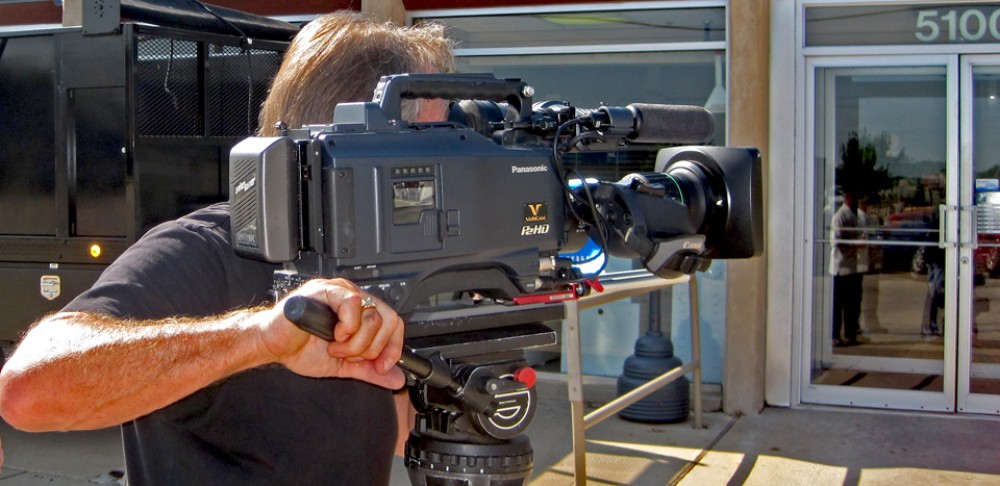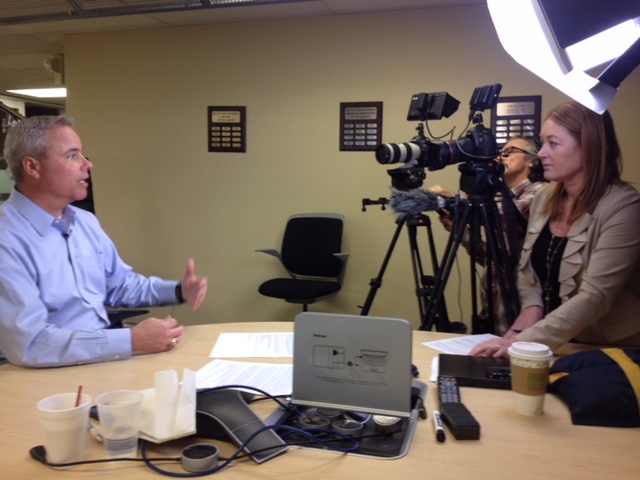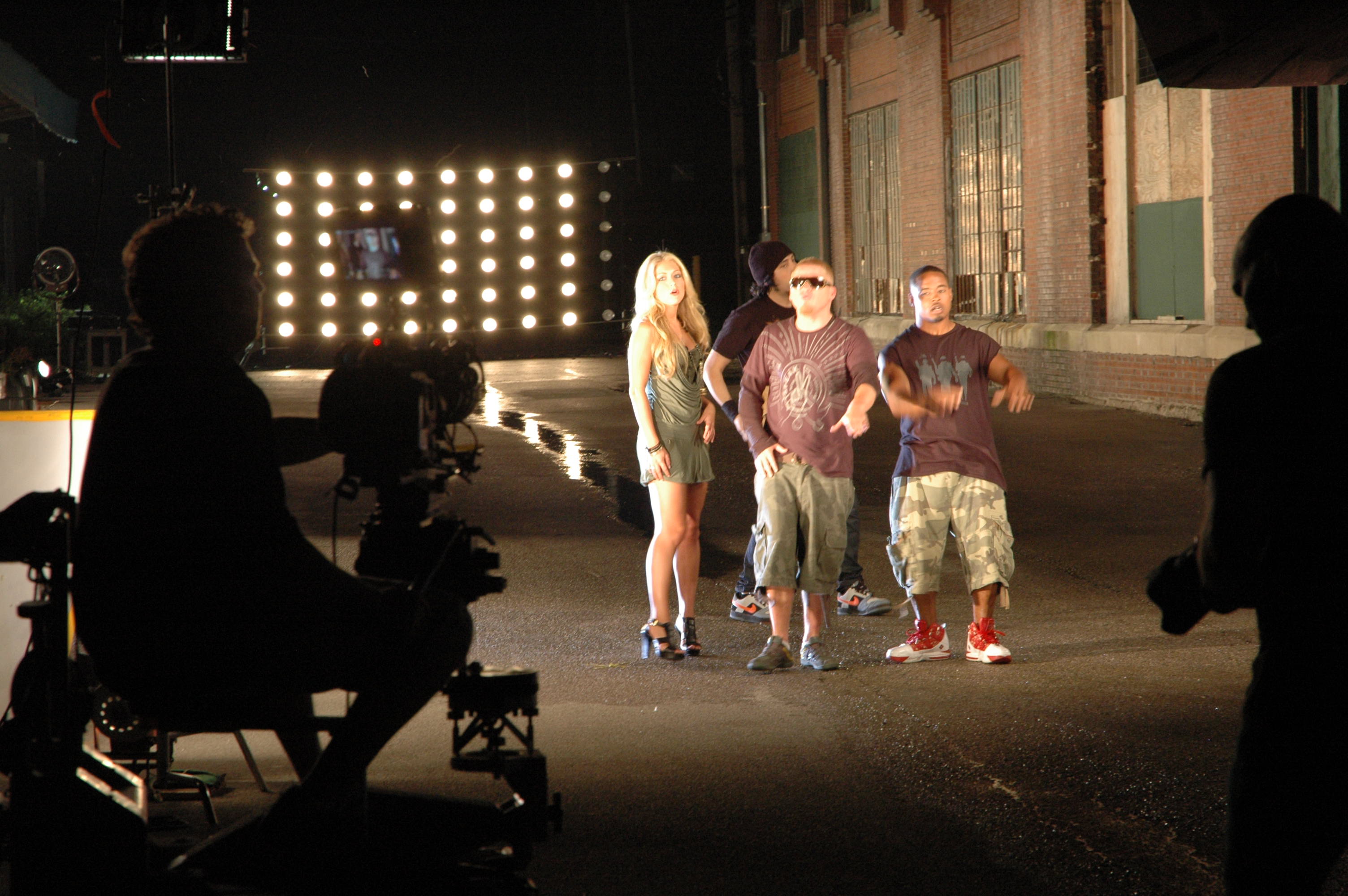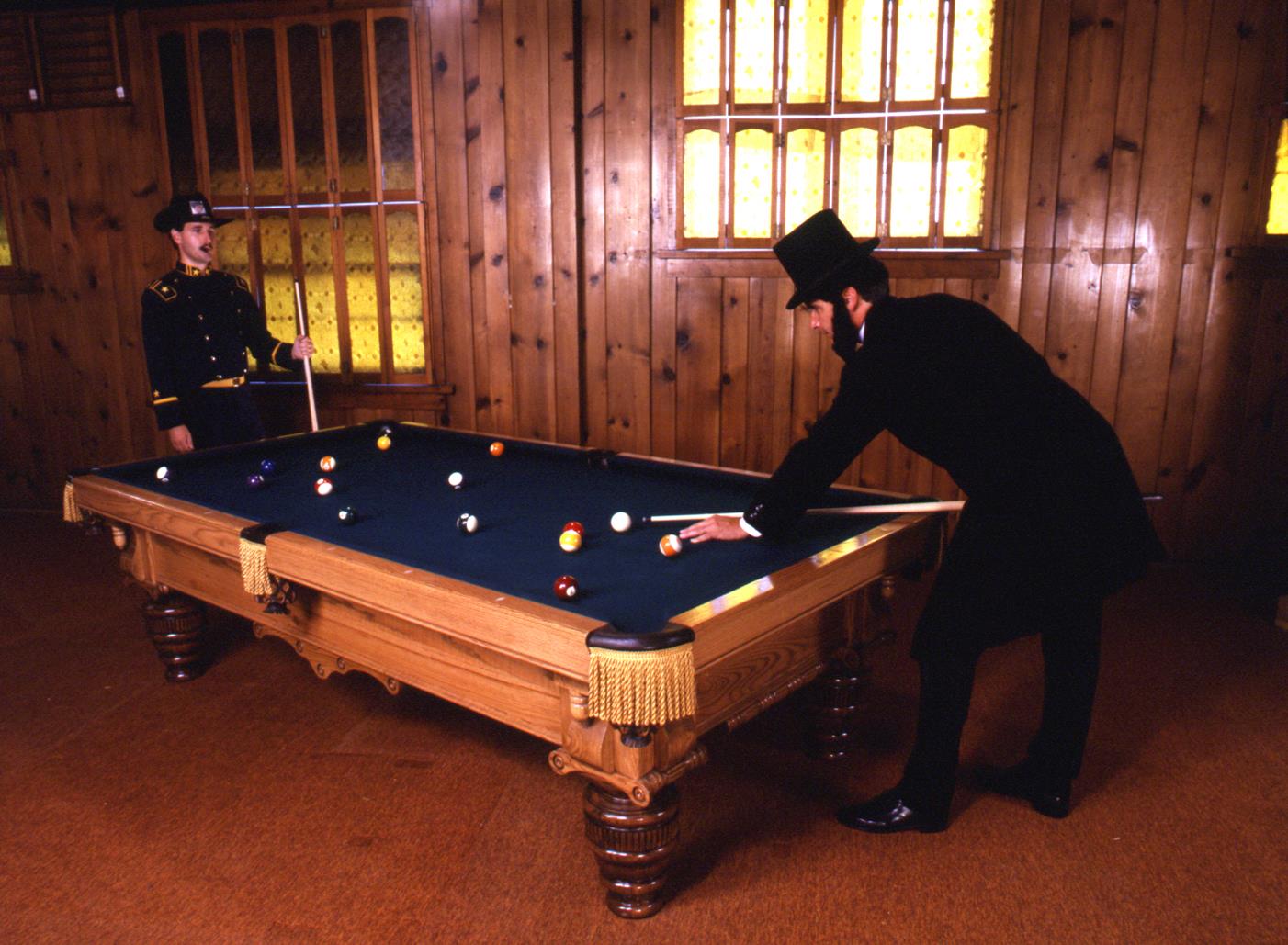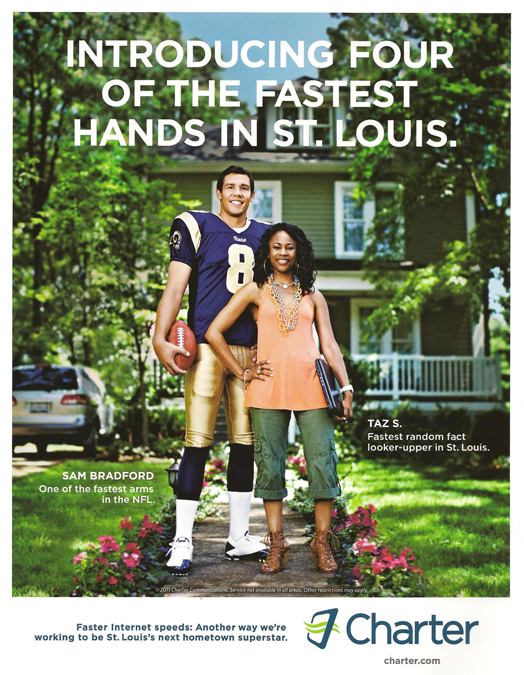Whether it’s for television commercials, online advertisements, or social media promotions, high-quality video production is essential to capture the attention of your target audience. This is where ENG (Electronic News Gathering) and EFP (Electronic Field Production) camera crews come into play, and mastering their techniques can significantly enhance the impact of your marketing videos.
At St. Louis Camera Crew, we take pride in being a full-service video production company based in St. Louis, equipped to meet all your ENG/EFP needs with the perfect gear. With years of experience in location and studio video recording and photography, we understand the intricacies of creating compelling marketing content. In this comprehensive guide, we will delve into the world of ENG/EFP camera crew techniques and how they can elevate your marketing videos to the next level.
Understanding the Basics of ENG/EFP
Before diving into advanced techniques, it’s crucial to have a solid grasp of what ENG and EFP actually entail.
Electronic News Gathering (ENG)
ENG is a term primarily associated with news reporting, where the goal is to capture events as they happen in real-time. ENG camera crews are known for their agility and speed, as they often need to cover breaking news stories and gather footage in dynamic and unpredictable environments.
Key features of ENG include:
- Lightweight and portable equipment for on-the-go shooting.
- Quick setup and teardown to respond to rapidly developing situations.
- Emphasis on capturing the essence of the moment with minimal staging.
Electronic Field Production (EFP)











EFP, on the other hand, is more focused on controlled, planned shoots for various purposes, including marketing and advertising. EFP camera crews have the luxury of time and resources to carefully craft the visual elements of a production.
Key features of EFP include:
- A broader range of equipment options for creative control.
- Careful pre-production planning and staging for optimal results.
- The ability to capture a wide array of shots and angles.
Techniques for Elevating Your Marketing Videos
Now that we have a foundation in ENG and EFP, let’s explore some advanced techniques that can enhance your marketing videos and make them stand out in a crowded digital landscape.
1. Dynamic Camera Movements
Engage your audience by incorporating dynamic camera movements. Techniques such as tracking shots, dolly movements, and crane shots add cinematic flair to your videos. Our team at St. Louis Camera Crew has the expertise to execute these movements seamlessly, enhancing the visual appeal of your marketing content.
2. Creative Lighting
Lighting is a crucial element in video production. Experiment with creative lighting setups to set the mood and tone of your videos. Whether you need dramatic shadows for a suspenseful commercial or soft, flattering light for a product showcase, our experienced crew can deliver the desired effect.
3. Steadicam Operation
Steadicam operation allows for smooth and stable shots even in dynamic environments. It’s a game-changer for capturing action sequences, product demonstrations, or walking interviews. Our skilled operators ensure that your shots are steady and professional.
4. Artful Composition
Composition is the art of framing shots to create visually appealing images. Our camera crew excels in framing shots that draw the viewer’s eye to the focal point and convey your marketing message effectively. From rule of thirds to leading lines, we use proven techniques to compose stunning visuals.
5. Advanced Audio Recording
High-quality audio is just as important as visuals. Our ENG/EFP crews are equipped with top-notch audio recording equipment to capture clear, crisp sound. Whether it’s voiceovers, interviews, or ambient audio, we ensure that every audio element enhances your video.
6. Drone Footage
Aerial shots can provide a unique perspective that captivates your audience. Our drone operators are certified and experienced, enabling us to capture breathtaking aerial footage for your marketing videos.
7. Multi-Camera Setups
For live events, interviews, or product demonstrations, multi-camera setups can add depth and dimension to your videos. Our crews are well-versed in synchronizing multiple cameras to ensure seamless transitions between angles.
8. Post-Production Magic
After capturing your footage, the magic continues in the editing room. Our post-production team has the skills to edit, color grade, and add visual effects to your videos, creating a polished final product that aligns with your brand.
How St. Louis Camera Crew Can Elevate Your Marketing Communication
At St. Louis Camera Crew, we are not just another video production company. We are your partners in bringing your marketing vision to life. Here’s why you should choose us:
- Extensive Equipment Options: We have a wide range of cutting-edge equipment, from high-end cameras to lighting gear and audio recording devices. This ensures that we have the right tools for every project, no matter the scale or complexity.
- Experienced ENG/EFP Crews: Our talented ENG/EFP crews have years of experience in the field. They are skilled in capturing the essence of the moment, whether it’s a live event or a scripted commercial.
- Location and Studio Expertise: We excel in both location and studio video recording and photography. Whether you need to shoot on location or in a controlled studio environment, we have the expertise to deliver outstanding results.
As a full-service video production company, St. Louis Camera Crew has worked with businesses of all sizes in the St. Louis area. We are experts at simultaneously shooting video and photography for your next project.
So, if you’re ready to take your marketing videos to the next level and make a lasting impression on your audience, contact St. Louis Camera Crew today. We’ll work closely with you to understand your goals and deliver videos that exceed your expectations. Don’t settle for ordinary – choose extraordinary with St. Louis Camera Crew. Your marketing success awaits!
